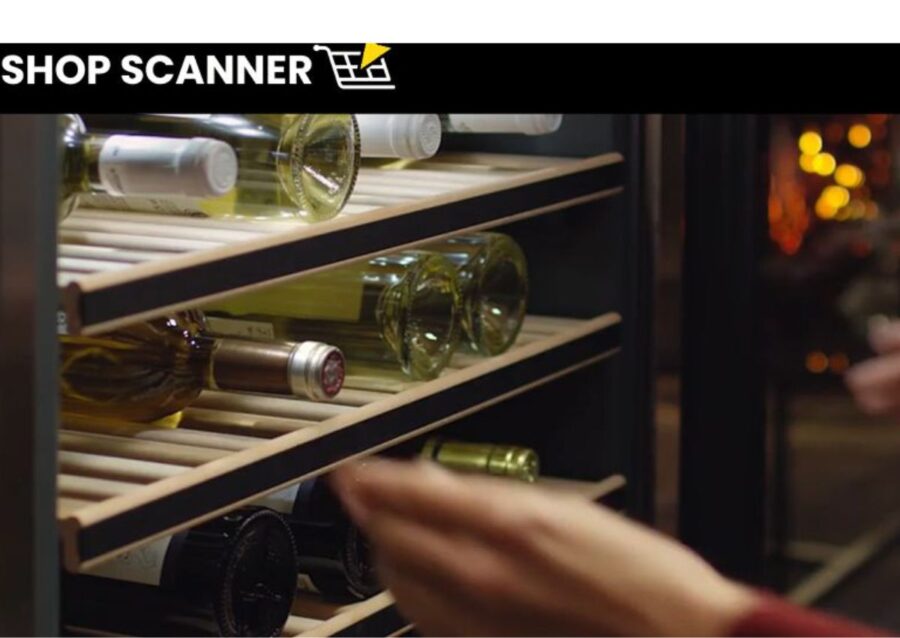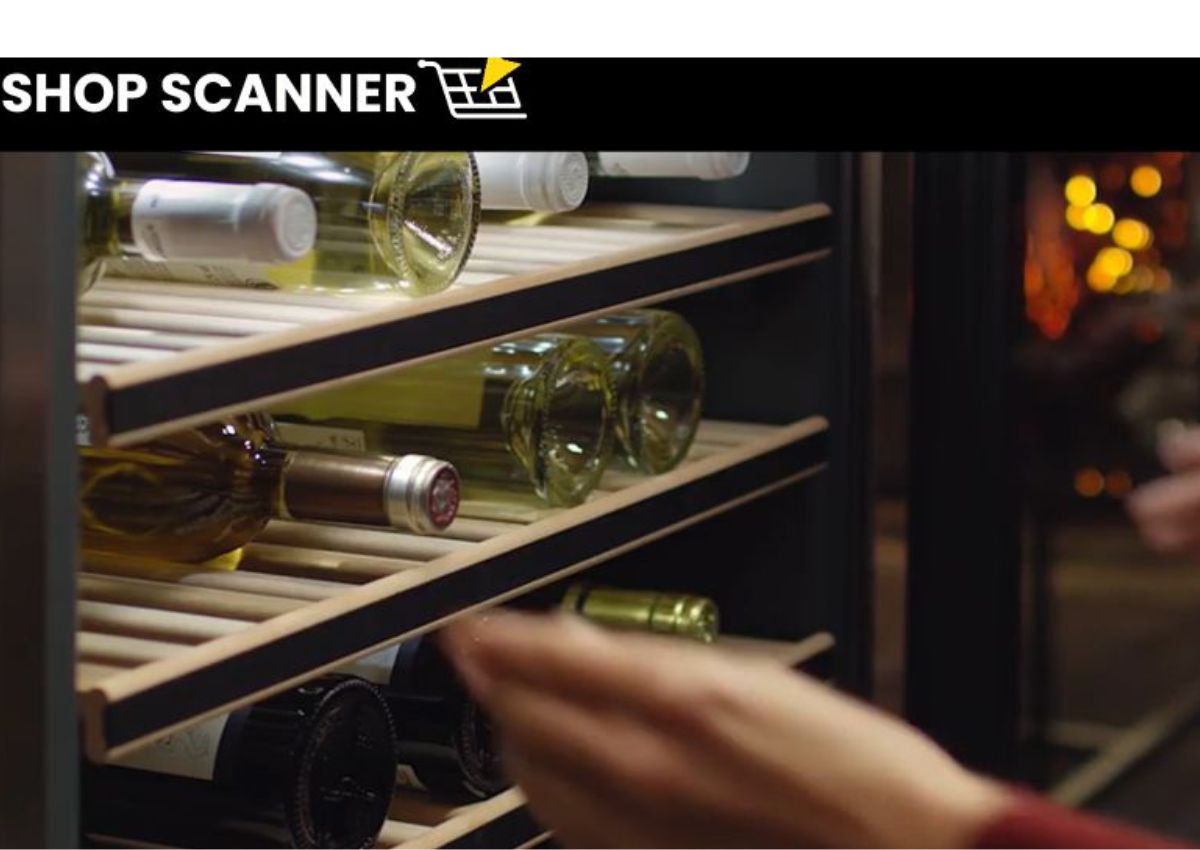
Explore our exclusive sale on premium wine fridges
For guidance in selecting the perfect wine fridges for your collection, review the following details on key features to consider.

A wine fridge will shield your wine from heat, the archenemy of fine wine, so it can mature gracefully. To help you choose the ideal wine fridge for your collection, read through the information below on what features to look for.
Wine Fridge Vs. Standard Fridge
Wine fridges differ from standard refrigerators in their handling of temperature, humidity, and vibration. While a standard fridge rapidly decreases temperature and reduces humidity, a wine fridge gradually lowers the temperature while preserving the humidity ideal for wine storage. With numerous wine fridges for sale, there are several factors to contemplate.
Essentially, they serve two purposes. A standard fridge keeps a wide range of perishables cool and dry at 40°F, which is too cold for wine and too dry for corks.
Vibration poses a significant challenge to preserving wine quality, particularly in standard fridges. The compressors found in these fridges not only disrupt the maturation process of wine but also generate unwanted noise. However, certain wine cellars and non-thermoelectric wine refrigerators available on the Shop Scanner website utilize compressors equipped with vibration absorption mechanisms. These mechanisms effectively reduce tremors and noise, enabling wine to mature naturally without interference.
Compressor vs Thermoelectric
Most wine fridges are compressor-based or thermoelectric. With a compressor, it works like a fridge. The machine cools air by pumping chemical refrigerant through coils and they need an extra ventilation area.
No chemicals are utilized with thermoelectric units. This technology makes the machine silent but less chilly than compressor-based systems. The thermoelectric unit uses ambient air, therefore it may suffer in warm areas.
What to look for when buying a wine fridge?
Location
If you keep it close to your living area, noise will be a concern. It should also be installed away from excessive temperature sources like your oven in your kitchen. Your garage is not a good idea since it might fluctuate in temperature and humidity. Planning should include space around the sides, back, and top of your wine fridge for air circulation, just like your kitchen fridge. Avoid direct sunlight if possible.
Doors
Glass doors allow you to find what you need before opening and changing the temperature. UV light can harm wine, so make sure the glass door has a UV coating, especially if your fridge is in bright light.
Shelving
Metal shelving makes it tougher to pull out wines, vibrates bottles, and scratches labels. Consider hardwood shelf with good sliding mechanisms for less vibration and easier operation. The extra thickness of timber shelf can reduce storage capacity. Some wine fridges feature hardwood shelves without sliding mechanisms, so check before buying.
Bottle capacity & shape
If you buy wine by the case, plan for a larger model fridge. If you buy by the bottle, then a smaller model may be suitable, but always keep in mind the wine bottle shape and size.
Sparkling wines
If you buy a lot of champagne, make sure your fridge can accommodate these wider bottles. If you store a lot of sparkling wine, then the larger bottle size may mean your total bottle capacity may be reduced.
Locks and lights
Some wine fridges have a lock to protect your wines from theft and some come with an LED light so you can see deeper into the back of the fridge.
Humidity control
Some wine fridges have a humidity control system where the humidity sensor evaporates the water and maintains the optimum humidity which should be around 70%.
Multi-zone capability
Consider a wine fridge that can maintain various temperatures in different regions if you’re storing reds and whites at ready-to-serve temperatures in the same fridge. These usually have a warmer top and cooler bottom.
Low vibration
When the compressor runs, all compressor-type wine fridges vibrate like fridges. A study found that raising vibration levels to 20Gal (200mm/s²) increased changes in organic acids, tannins, and refractive index. Excessive cellaring vibration may harm wine.
